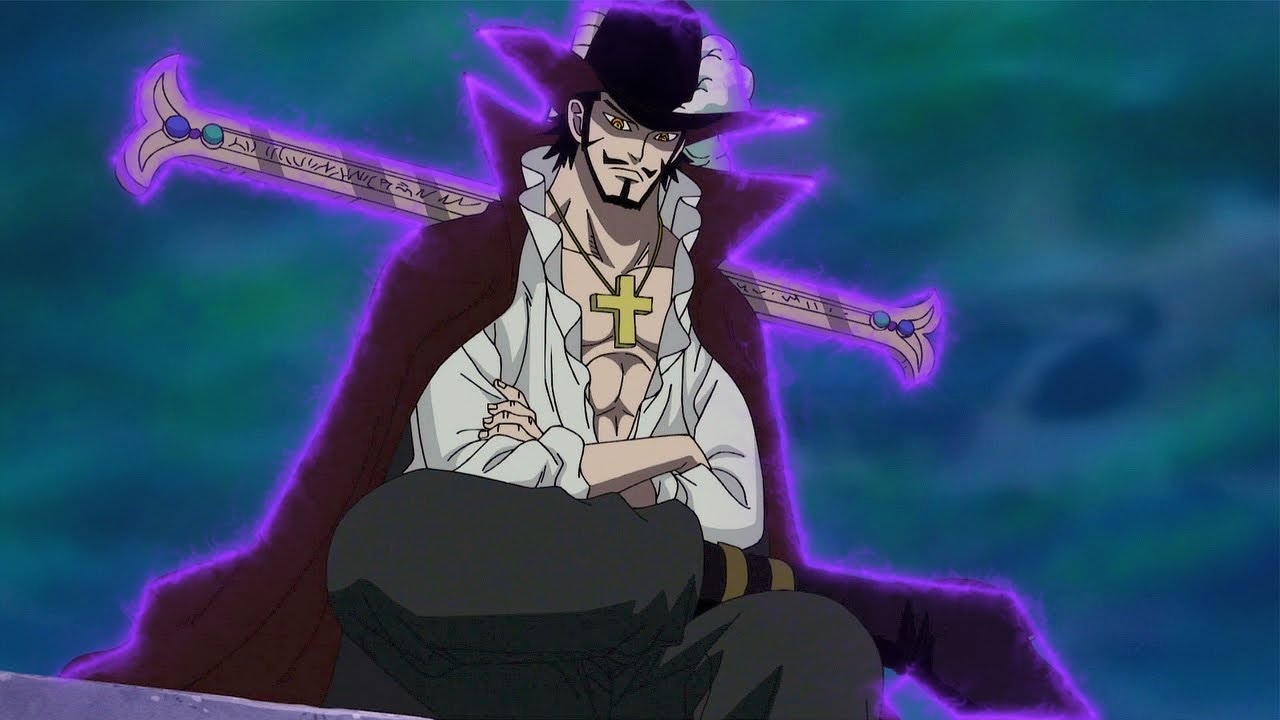Netflix’s live-action adaptation of the much-beloved anime, One Piece, is a colossal victory for both anime fans and newcomers to the franchise. Packed with real set pieces and jaw-dropping practical effects, it’s a game-changer in the often troubled waters of live-action anime adaptations. Yet, the maiden voyage was not without its navigational tweaks. One such course adjustment that caught the attention of long-standing fans was the decision to skip the Loguetown story arc, a short but cherished chapter from the original series.
The Loguetown Saga: A Fan’s Haven
So, what was so special about Loguetown? In the original One Piece universe, this arc served as the closing chapter to the East Blue Saga. Loguetown is a significant locale, not just because it’s where the legendary pirate Gold Roger met his end, but also because it’s where each member of the Straw Hat crew explores their own interests. From Luffy’s spiritual pilgrimage to the execution scaffold to Zoro’s sword-shopping adventure, this arc allowed for a breath of fresh, oceanic air before the story propelled into the high seas of the Grand Line.
Not only did it bring a momentary pause to the story, but it also introduced important characters such as Tashigi and Captain Smoker, while reprising old foes like Buggy the Clown and Lady Alvida. The arc is peppered with events that teeter between minor conflicts and easter egg-level reveals, presenting a world full of potential dangers and limitless possibilities.

Why Netflix Chose to Bypass Loguetown: More Than Just Budget Constraints
“In interviews, the producers of One Piece’s live-action series explained that for practical reasons, there was no way to include the Loguetown arc in the Netflix adaptation,” reads an official statement.
Not surprisingly, shooting a live-action series with such an expansive world and character list comes with a hefty price tag. With only eight episodes to work with, the producers decided that the Loguetown arc either had to be done justice or left out altogether. A choice was made, and so, Loguetown was cut.
While budget constraints are a logical reason, they’re far from being the only explanation. The live-action adaptation needed to end its first season with a cliffhanger strong enough to reel in audiences for a second serving. Ending the season with the high-impact Arlong Park arc gave viewers an emotional and narrative punch, setting the stage for what promises to be an even more riveting Season 2.

A Leaner, Meaner Pirate Ship: How Omitting Loguetown Affects the One Piece Narrative
By removing Loguetown from its itinerary, Netflix’s One Piece chose to focus on the core narrative elements that drive the story and develop the characters. This adaptation is not a meandering walk down memory lane; it’s a high-speed chase toward epic adventures, complete with high-stakes drama and palpable tension. It skips the sideshows to focus on the main events, cutting to the chase to provide a more fast-paced, cinematic experience. This approach makes One Piece much more accessible to audiences who might not be familiar with the long-running anime and manga series.
Netflix’s version isn’t merely cutting corners; it’s carving out a streamlined path for a new generation of One Piece fans. This is not your older sibling’s One Piece; it’s a revamped, retuned beast that knows where it wants to go. With the Arlong Park arc’s jaw-dropping finale, the adaptation successfully ended its first season on a high, leaving viewers thirsting for more. As the Straw Hats ride the wave of their newfound momentum into the Grand Line, so do we, with bated breath, for the next grand chapter of this high-seas adventure.
In the end, while the omission of the Loguetown arc might feel like a piece missing from an intricate puzzle, it is, in reality, a sacrifice that contributes to the overall picture—a vivid, gripping story that beckons audiences to set sail on a grand adventure. And as for Loguetown, who knows? The world of One Piece is vast, and the winds of storytelling are ever-changing. Perhaps, we’ll find our way back to that nostalgic port, in another season or even in a feature-length special. Only time, and tides, will tell.










